New animation helps parents understand their role in audiology assessment process

Check out our new animation that aims to support parents whose babies are referred from newborn hearing screening for audiological testing.

Check out our new animation that aims to support parents whose babies are referred from newborn hearing screening for audiological testing.
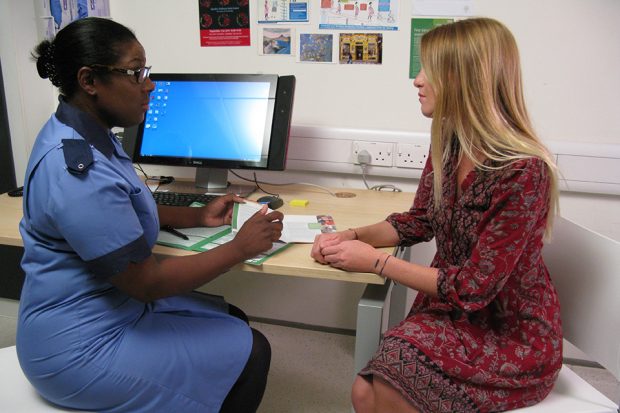
We have updated our chorionic villus sampling (CVS) and amniocentesis: information for parents resource and now published it in digital HTML format.

The next release of the National Breast Screening System is introducing a new ‘reason for recall’ field, allowing mammogram image readers to report the reason for images being recalled.
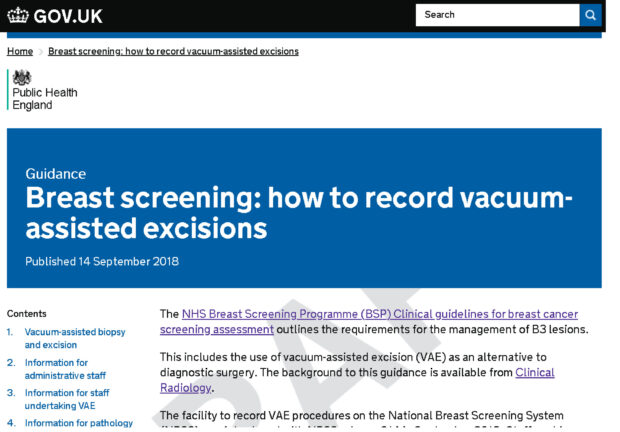
The NHS Breast Screening Programme has published new guidance on recording vacuum-assisted excisions, aimed at screening office staff, pathologists and healthcare staff who carry out the procedures.
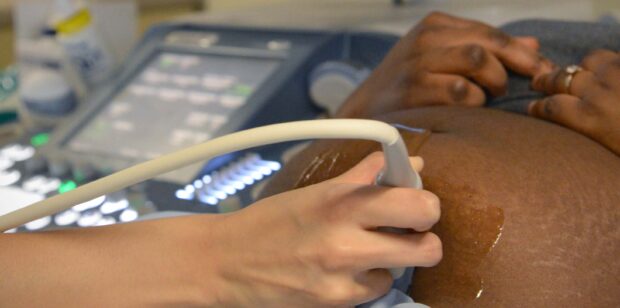
Today, we have published an updated version of our leaflet 'Congenital diaphragmatic hernia (CDH): information for parents'.

We have updated our national guidance on counselling and referral for prenatal diagnosis for women and couples at risk of having a baby with sickle cell disease or thalassaemia major.
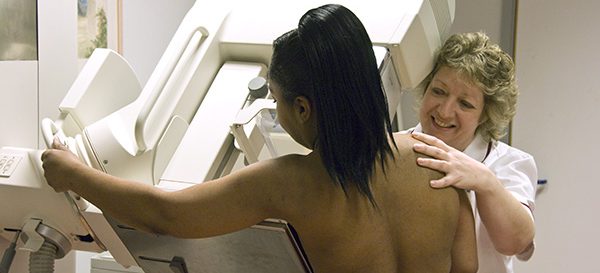
The NHS Breast Screening Programme has produced new guidance on the reporting, classification and monitoring of interval cancers. These are cancers diagnosed after a screening appointment at which a woman received a normal result and before her next scheduled screening appointment.

The Eklund technique is an internationally recognised method to improve the detection of breast cancer in women with breast implants. It is already used in services in Australia, the USA and some other countries to promote high quality breast screening and …
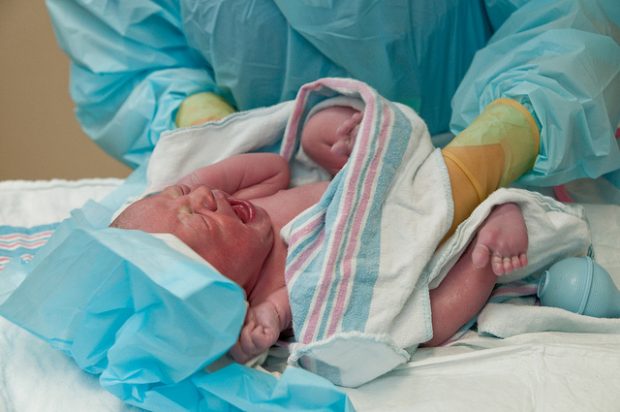
Group B Streptococcus (GBS) is an important cause of illness in babies, children and elderly adults. It remains the commonest infection that causes serious illness in newborn babies.

Children have all sorts of eye problems (just like adults) from viral conjunctivitis through to mild or moderate sight problems and, very rarely, blindness. Most children with eye problems are picked up by their parents or teachers.